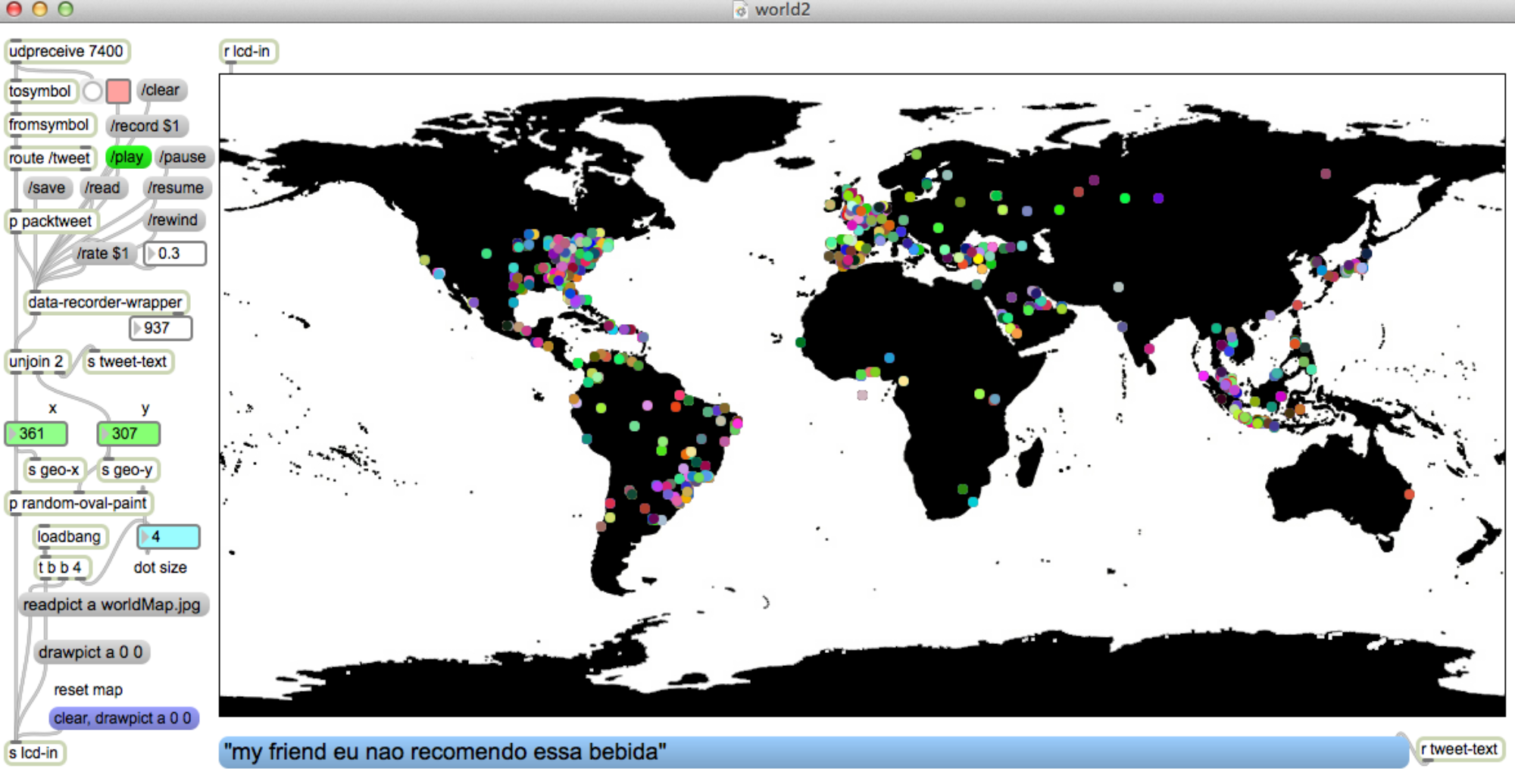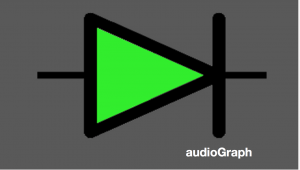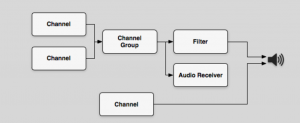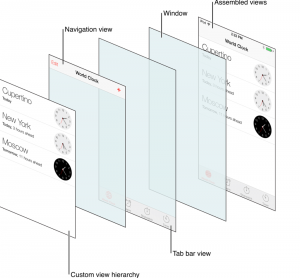Submitted an update (1.2) to Apple for audioGraph today.
Mostly bug fixes:
- screen size issues in iPod touch 5g
- missing icon files for retina
- fixed crash on load
- made play buttons more visible for triggering samples
- solved no root view controller error
- new splash screen for iPod touch 5g
- etc.,
- fixed sync issues with github and Xcode
The upgrade to App store is 1.2 but the github version is at 1.3 – as there were a few incidental issues that didn’t get in the submission.
Next release should deal with these issues:
Version 2 should have automatic reference counting and make use of new NSNotification method of handing delegates.
I would like to leave the current version alone and start a new project from scratch – because the iOS dev process has changed greatly in 3 years.
Note: current local source code is in tkzic/coreaudio/audioGraph1.3
github is: https://github.com/tkzic/audiograph





